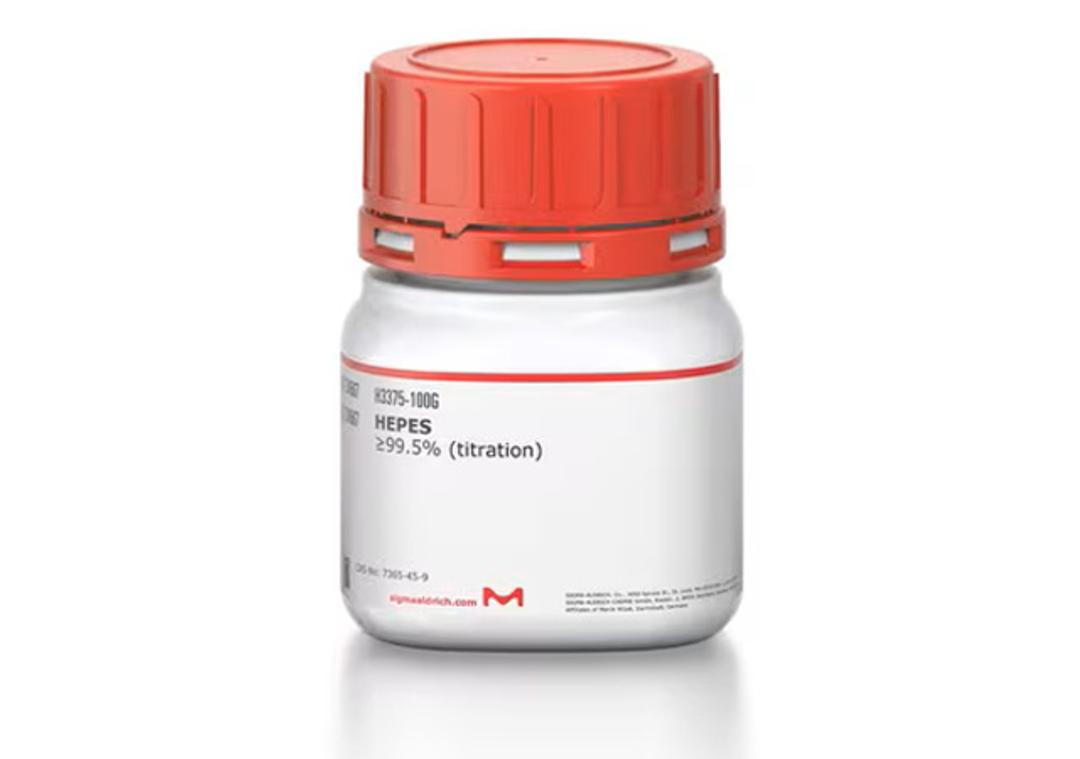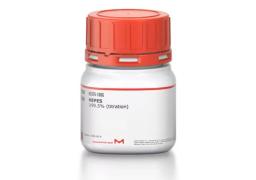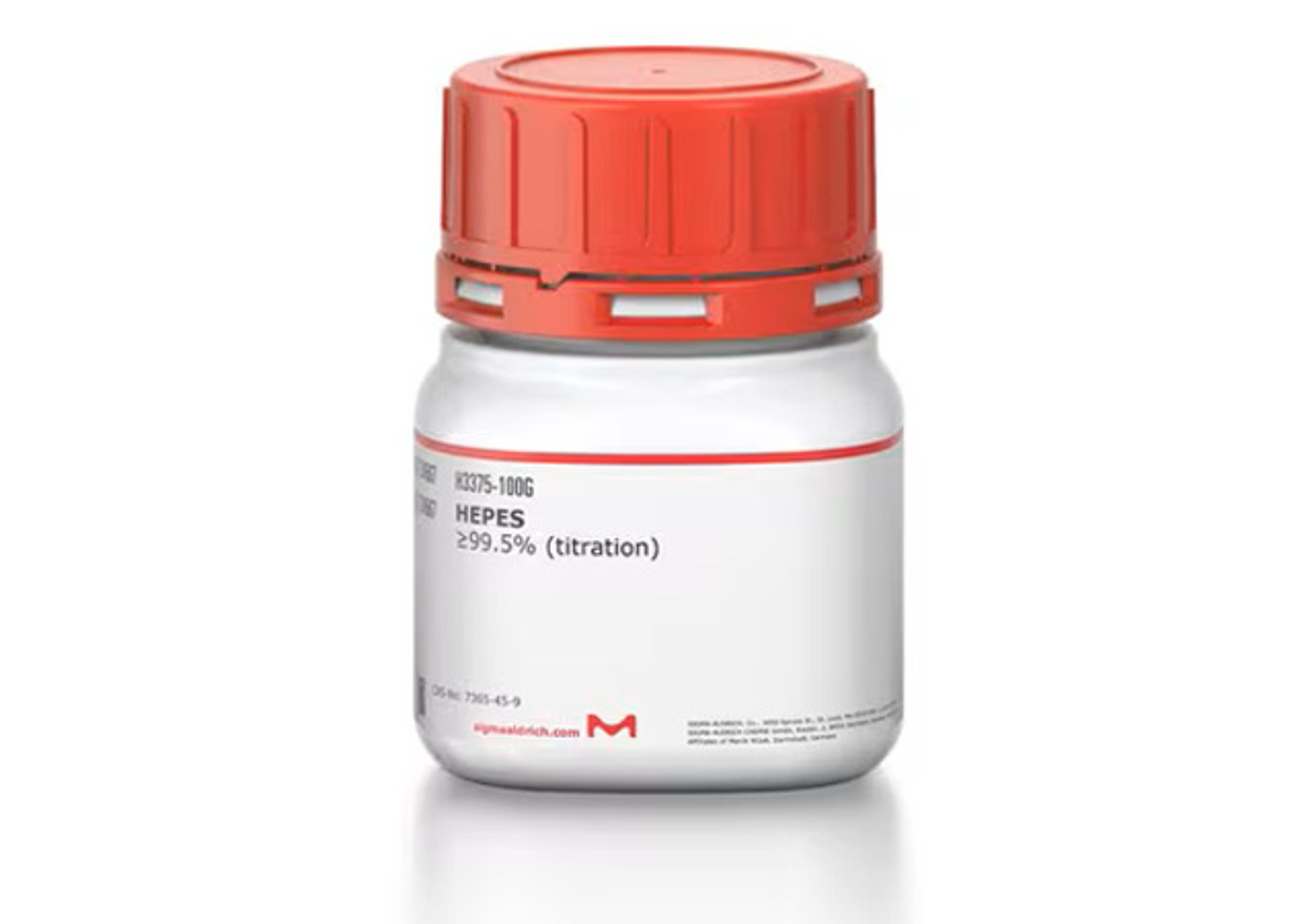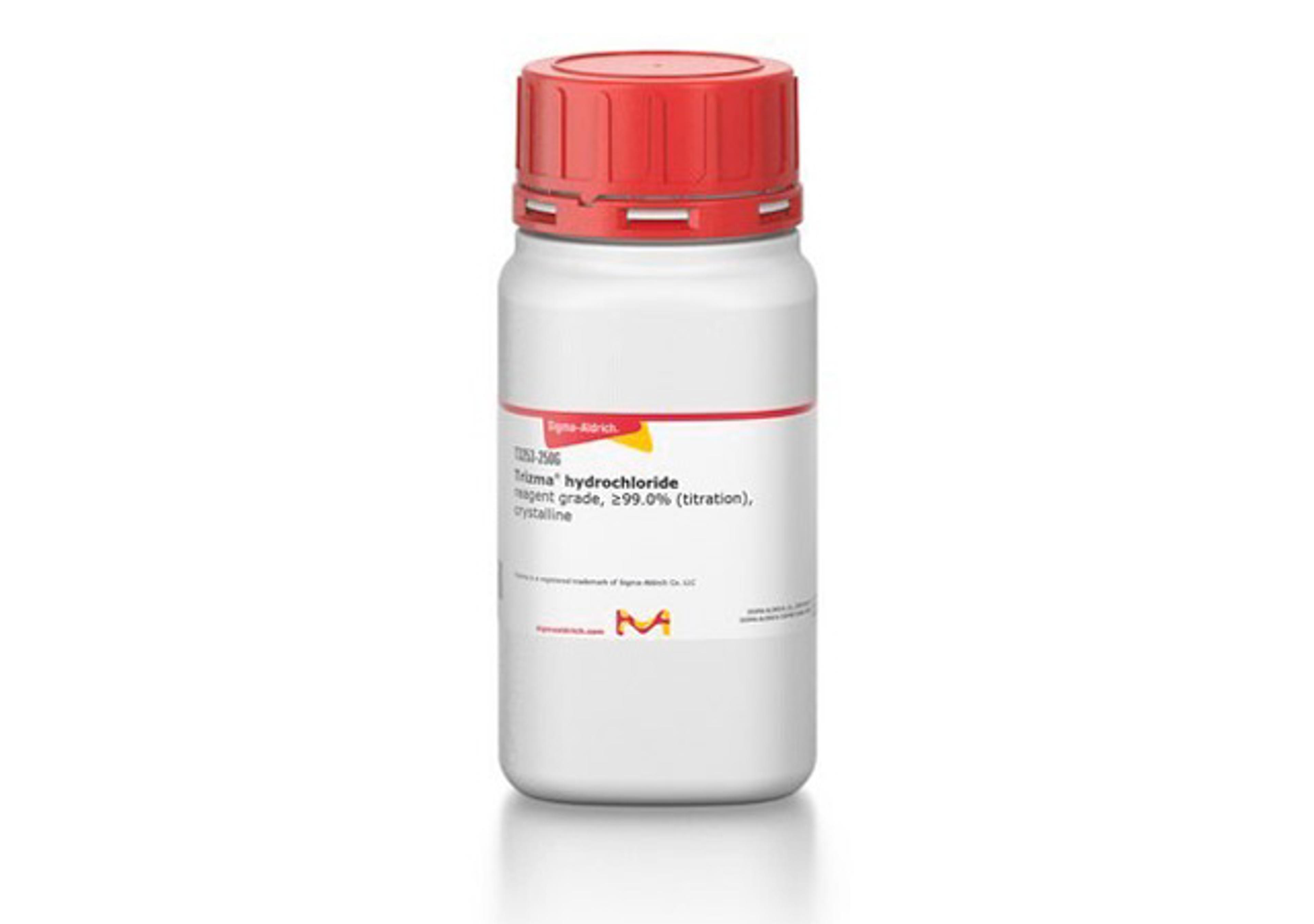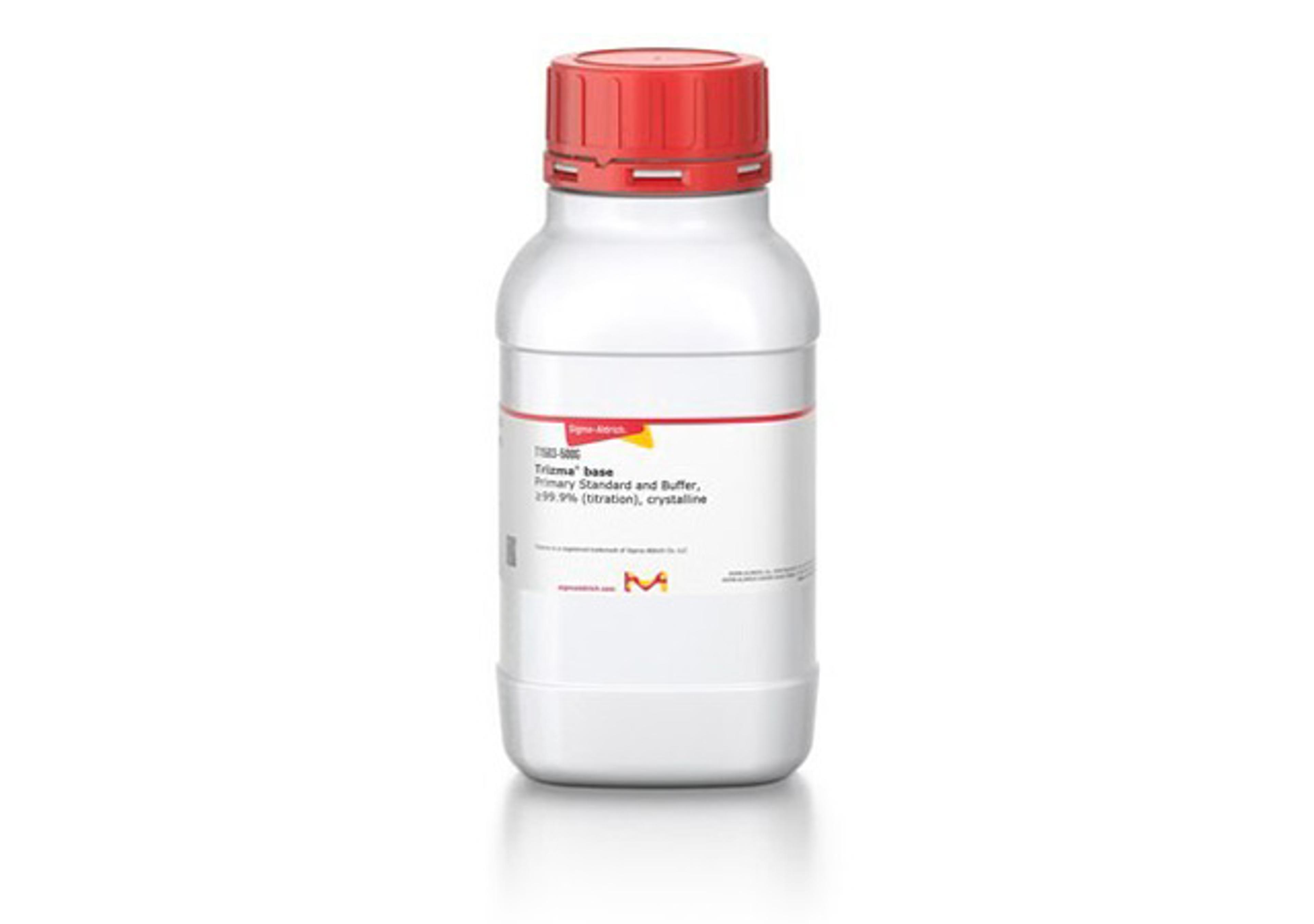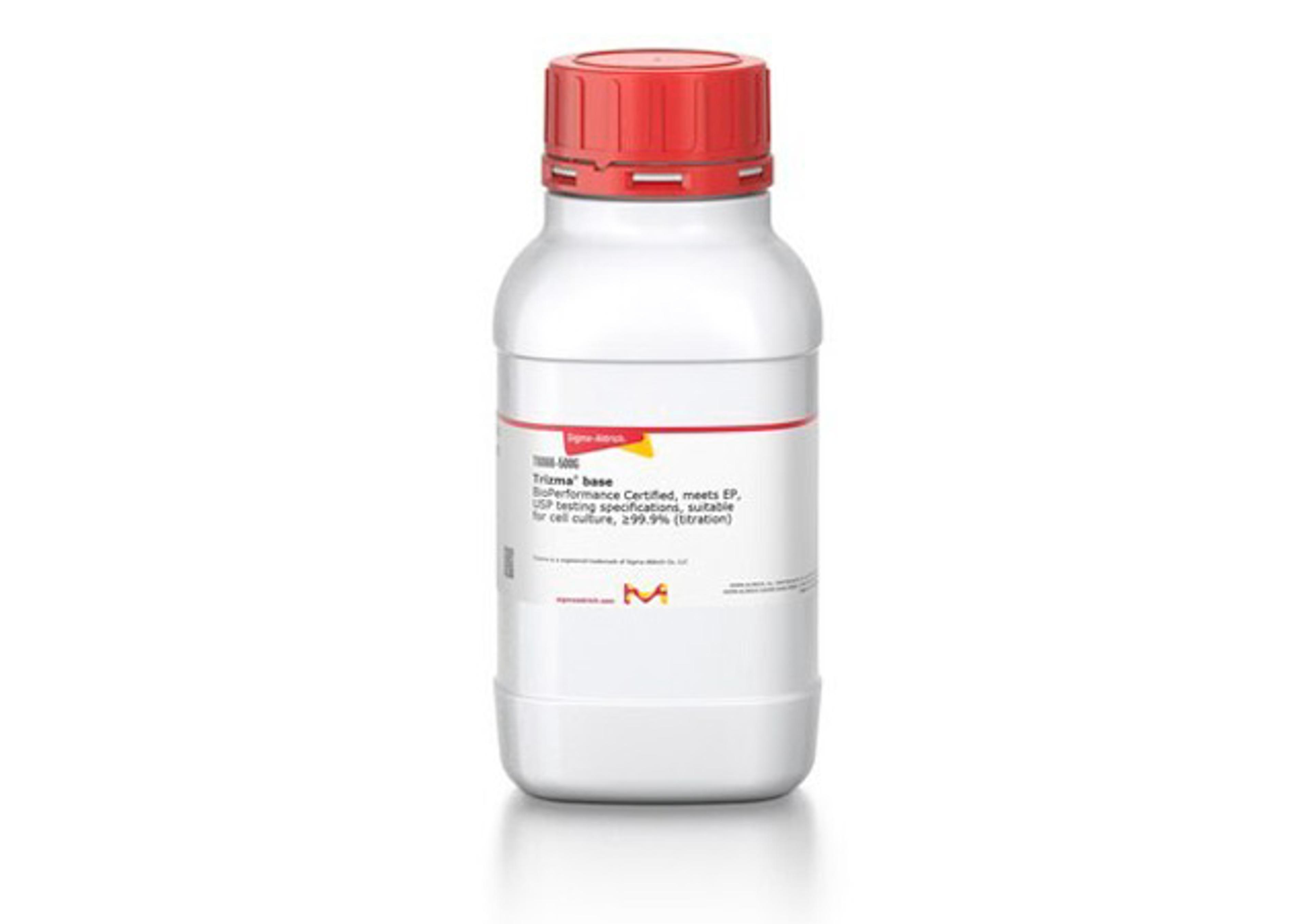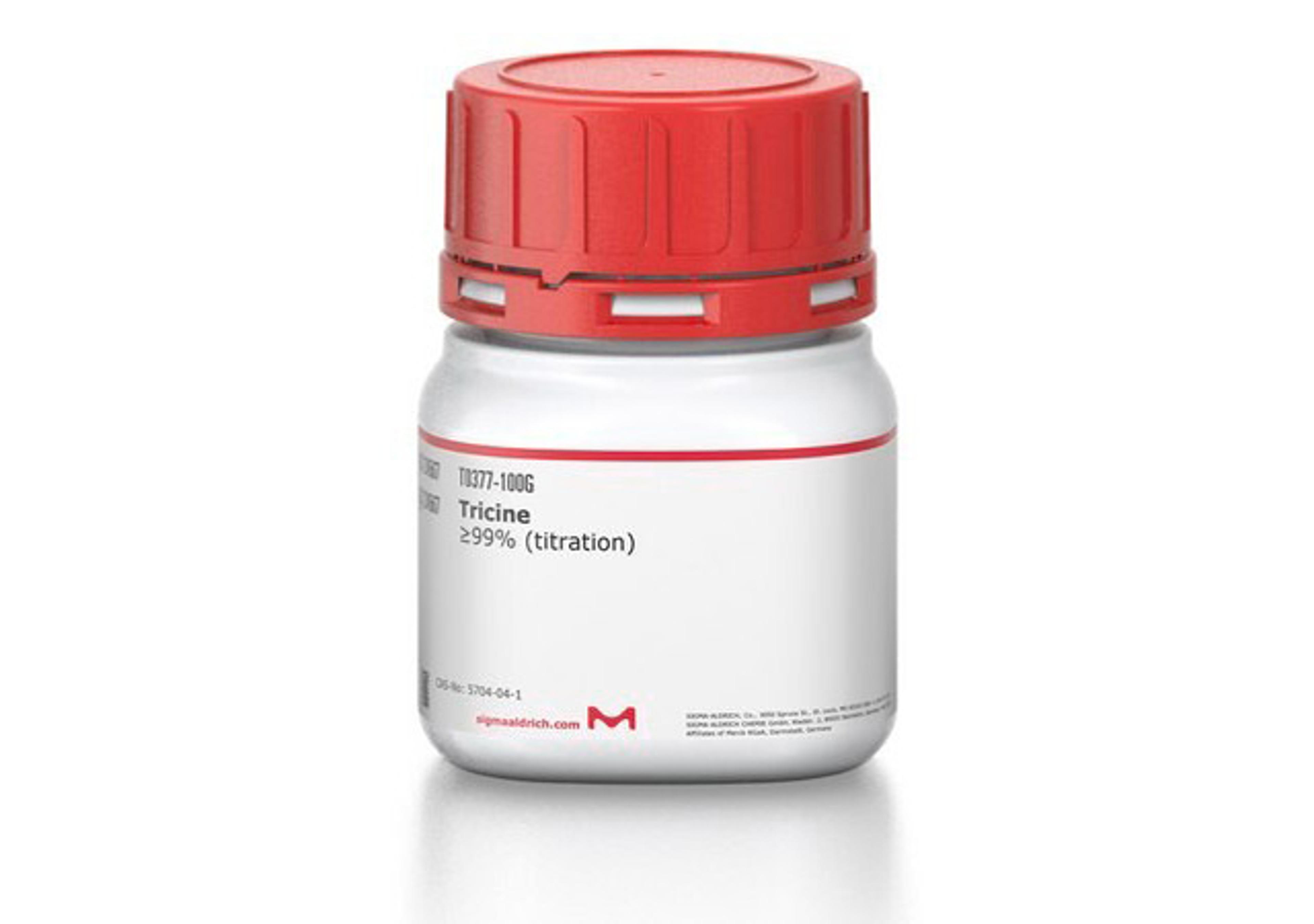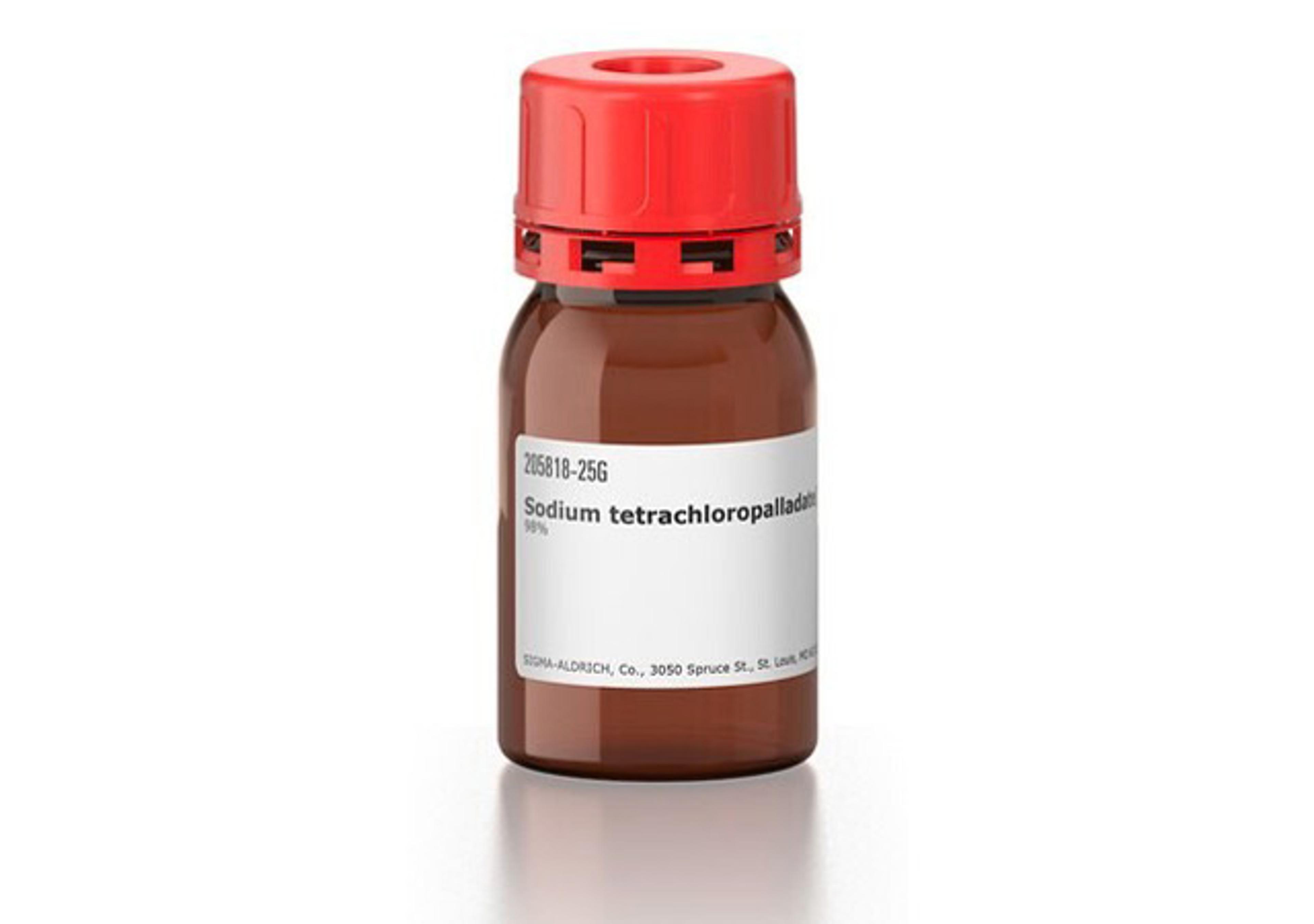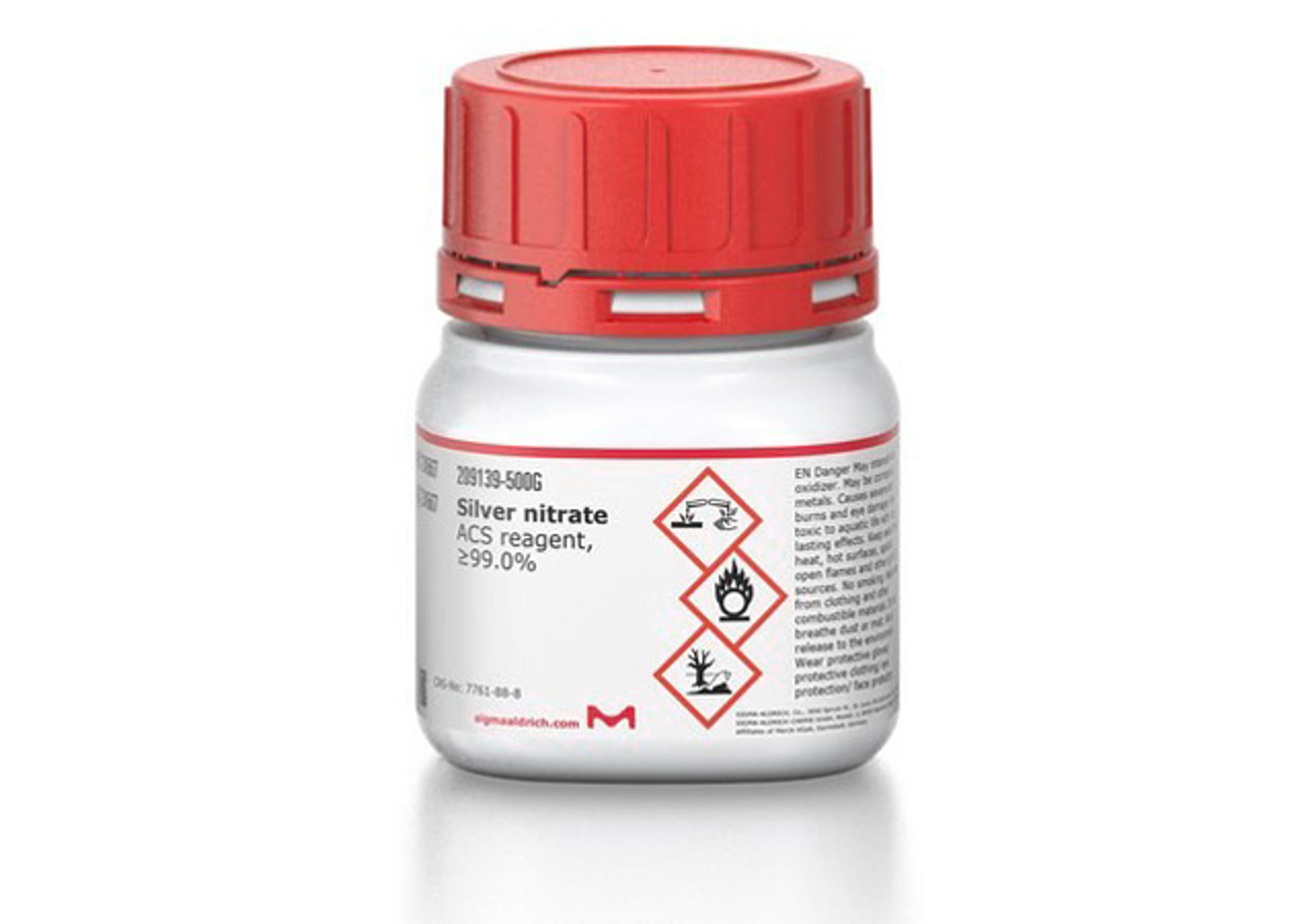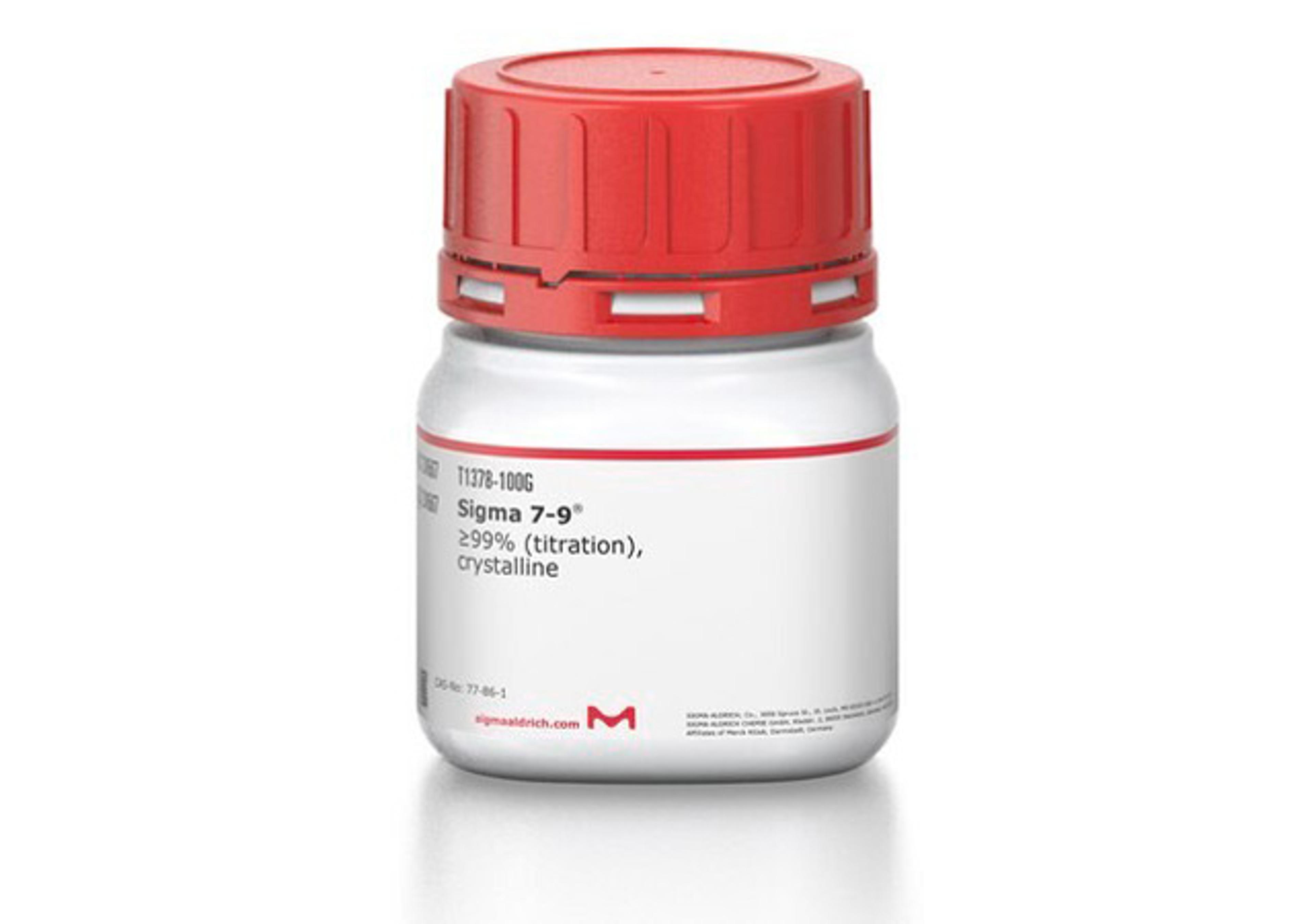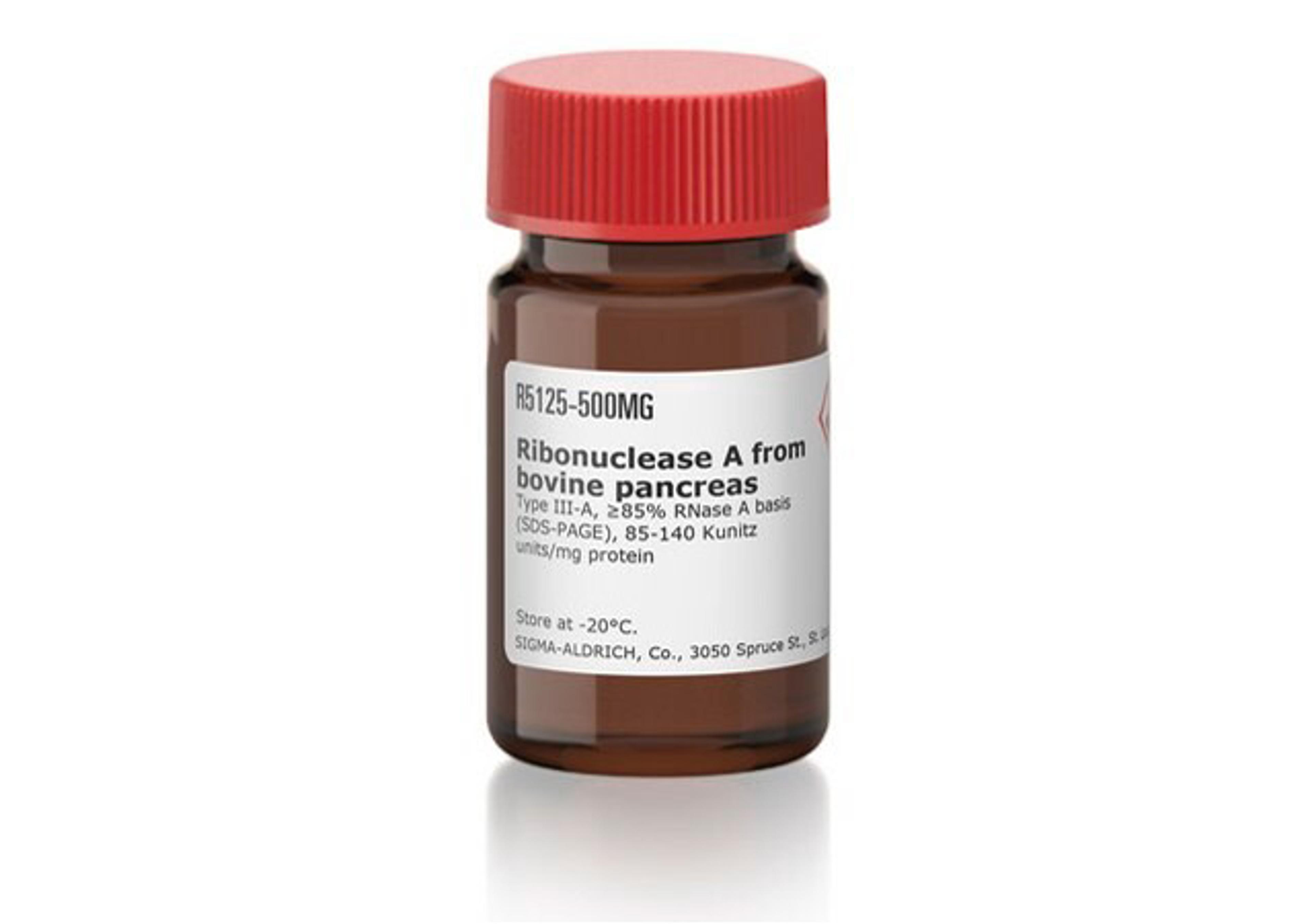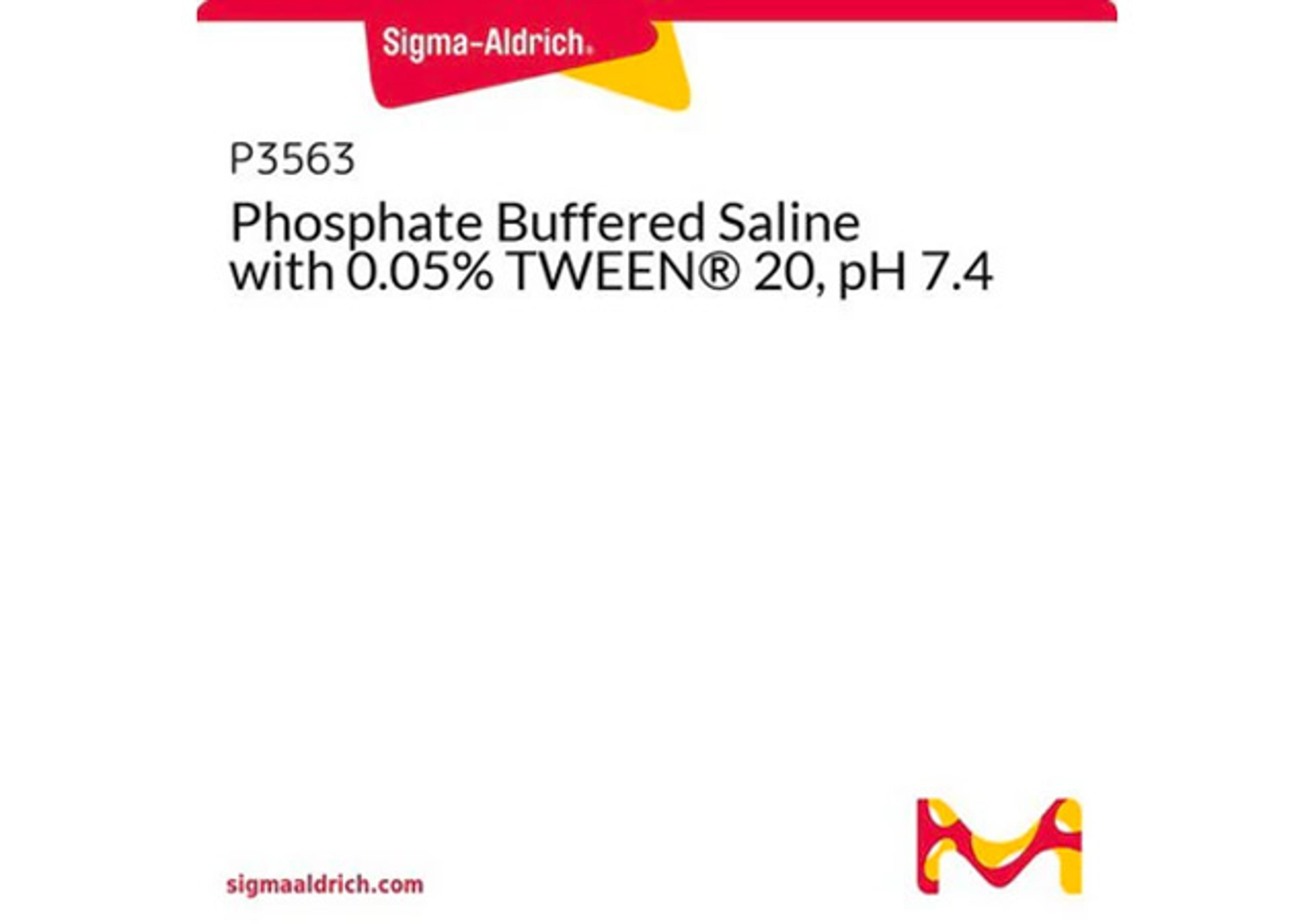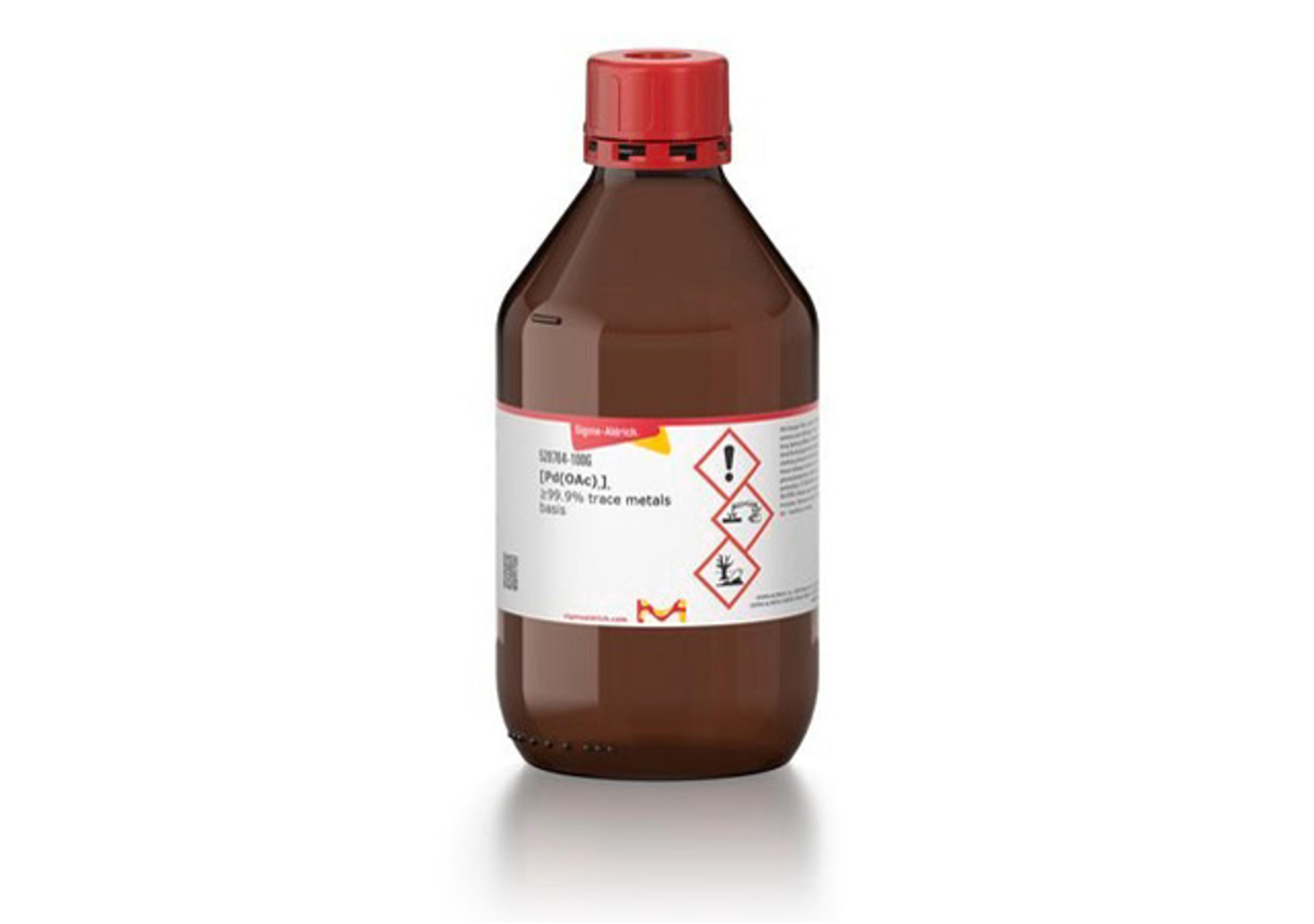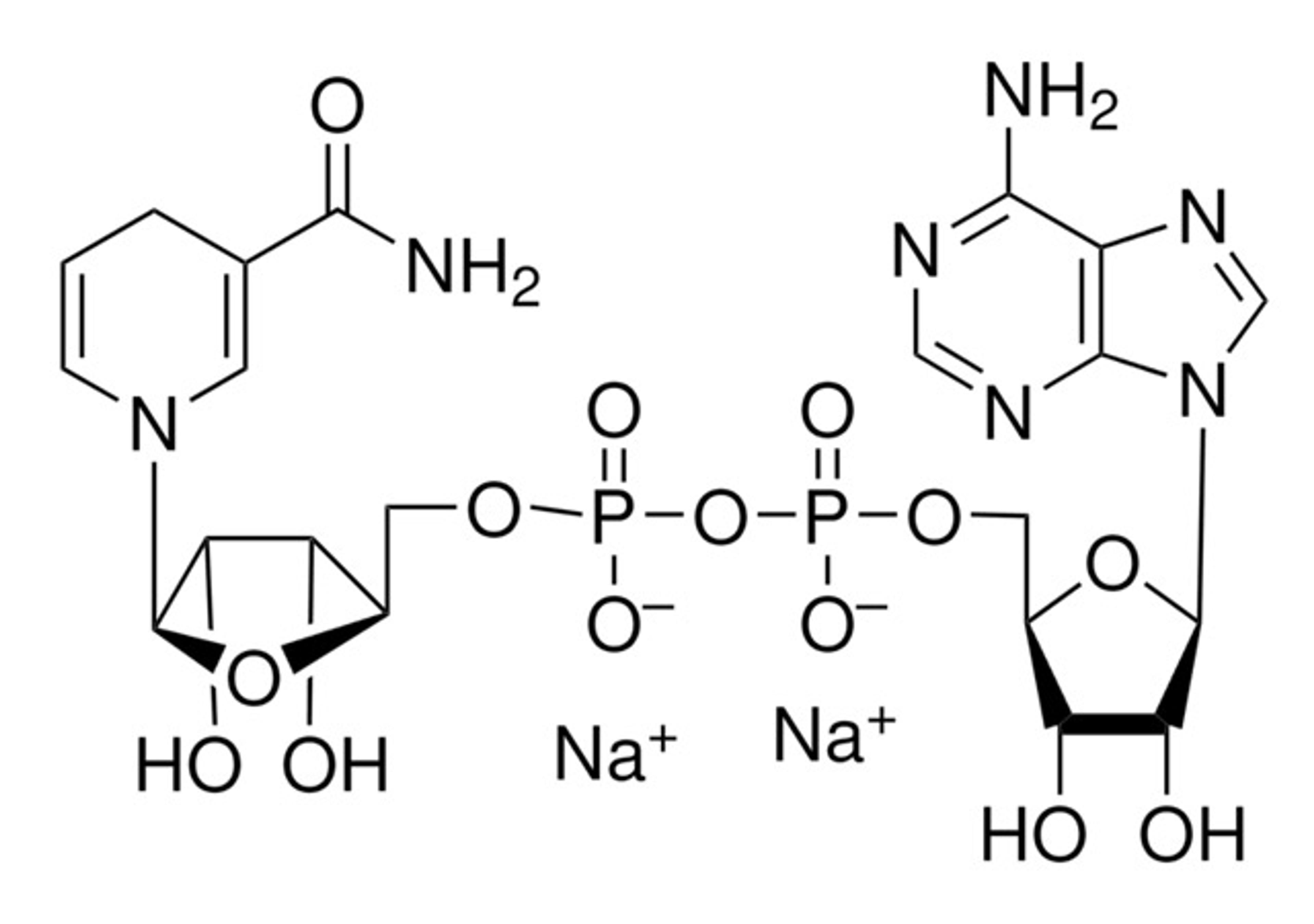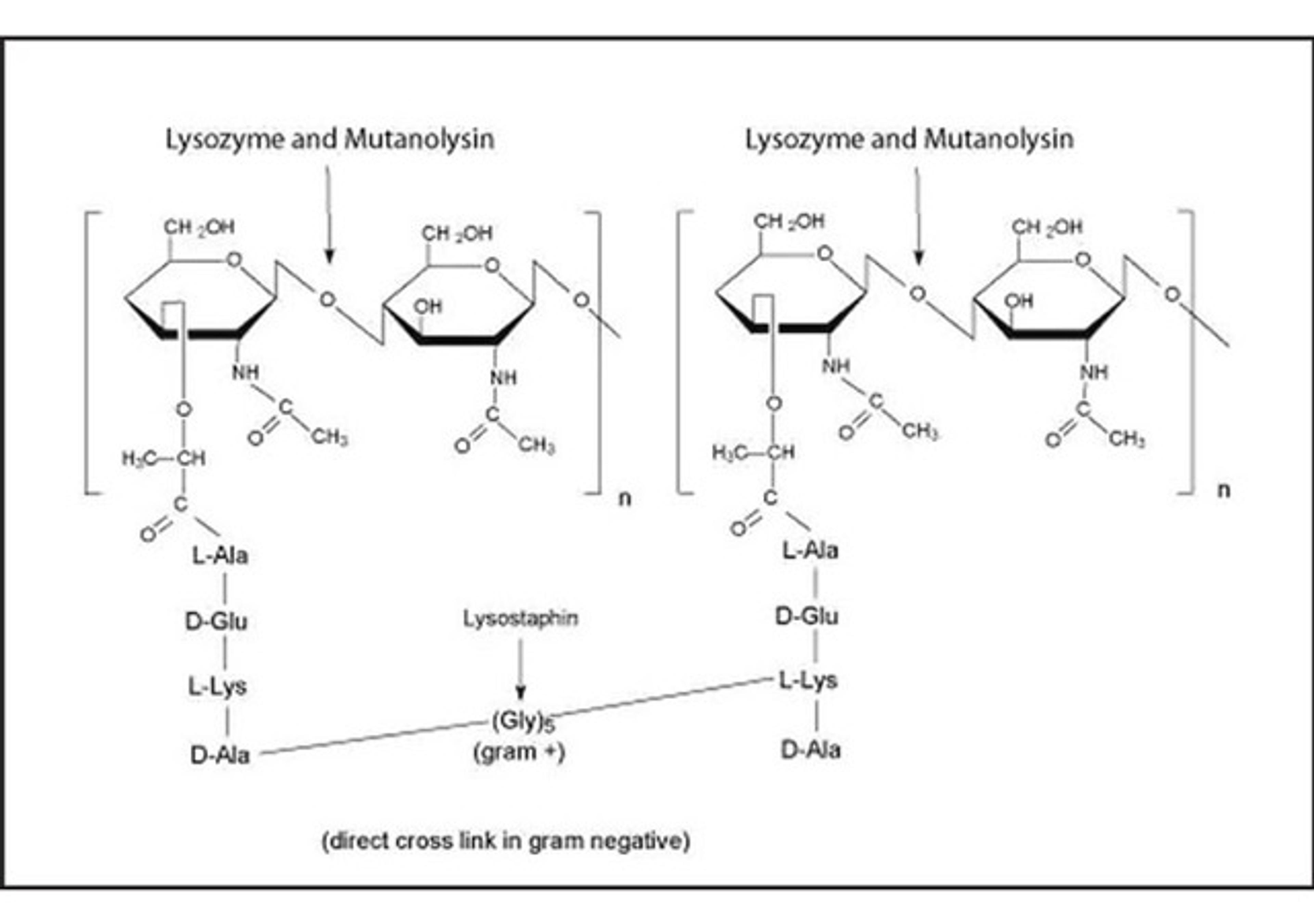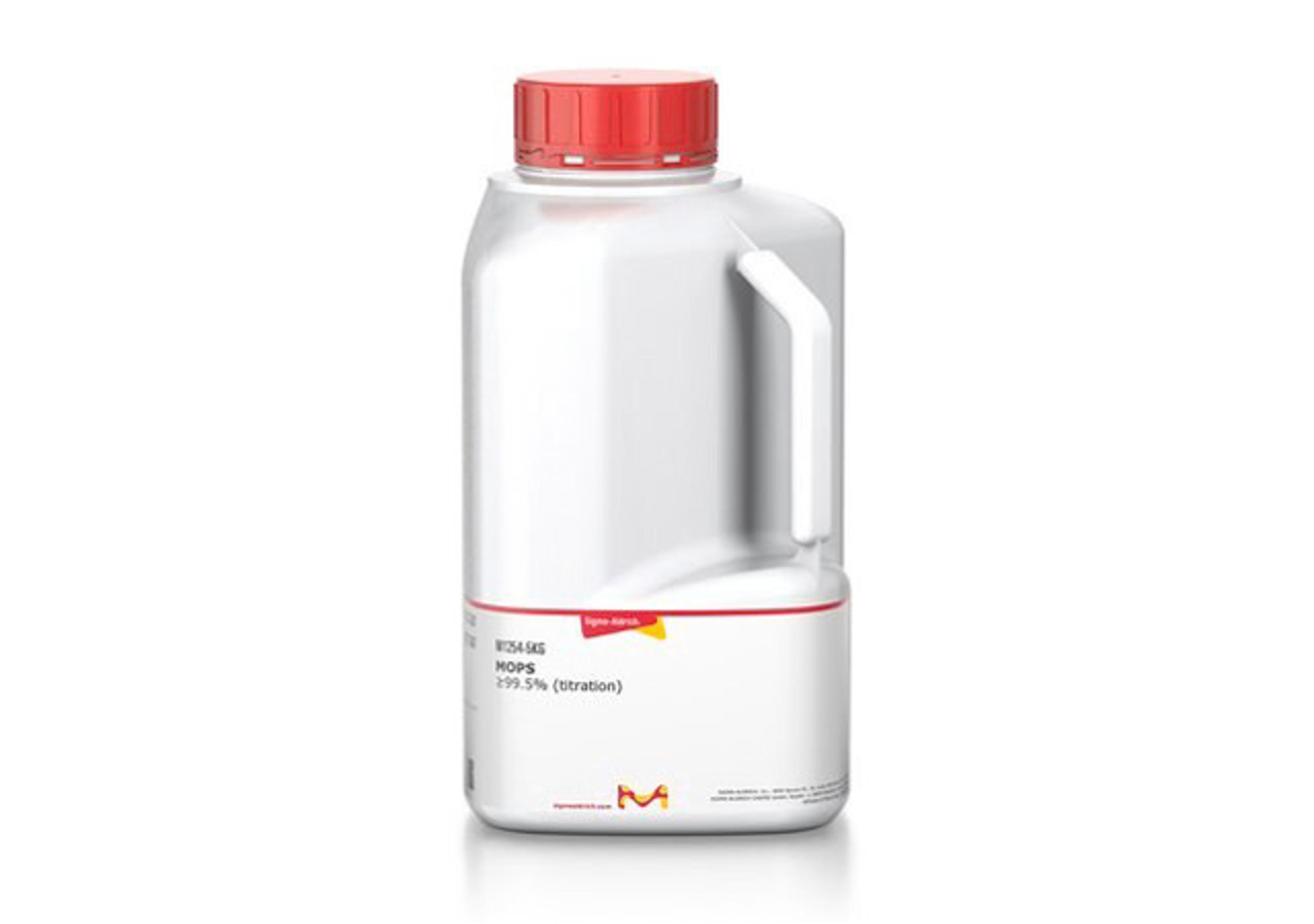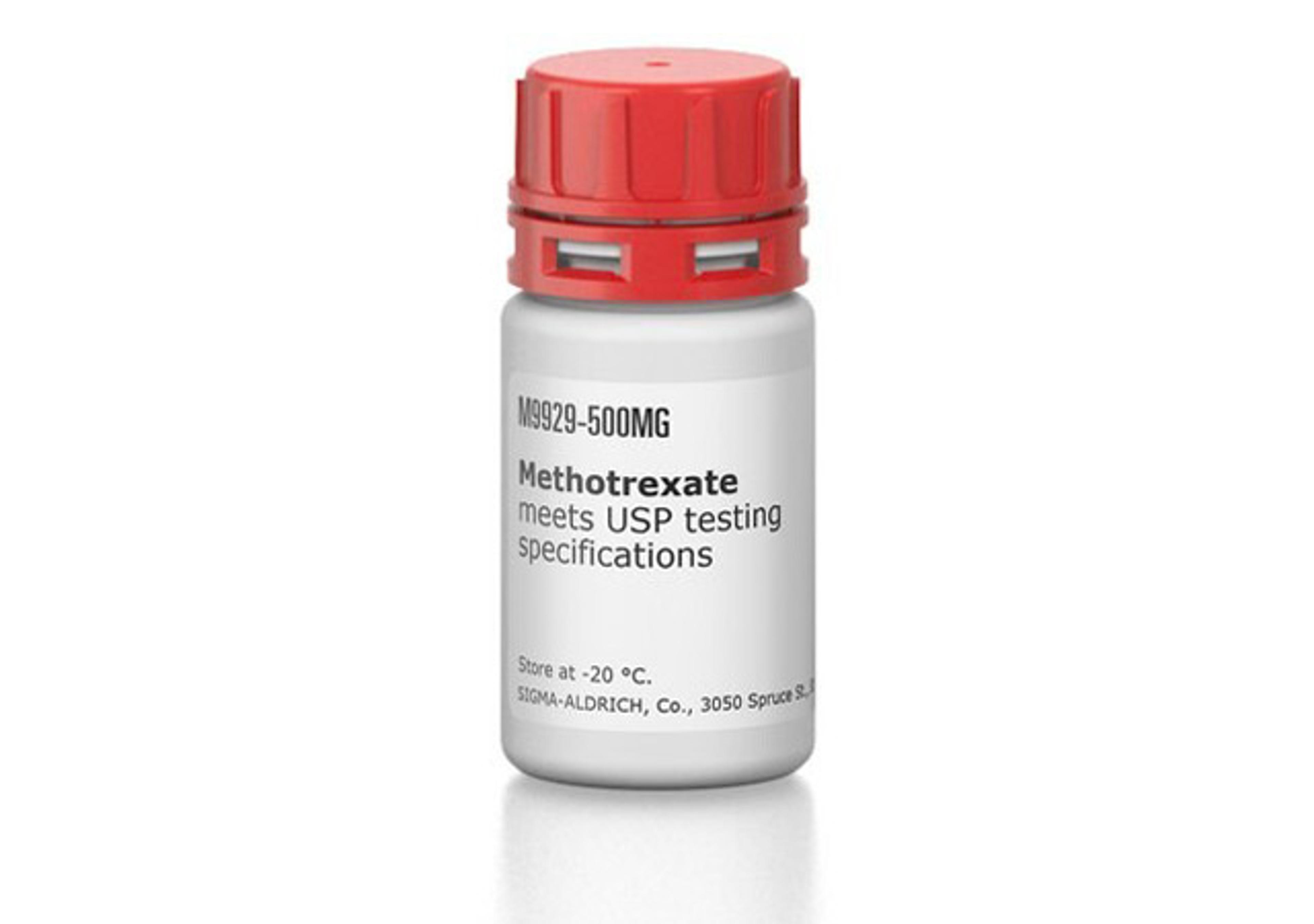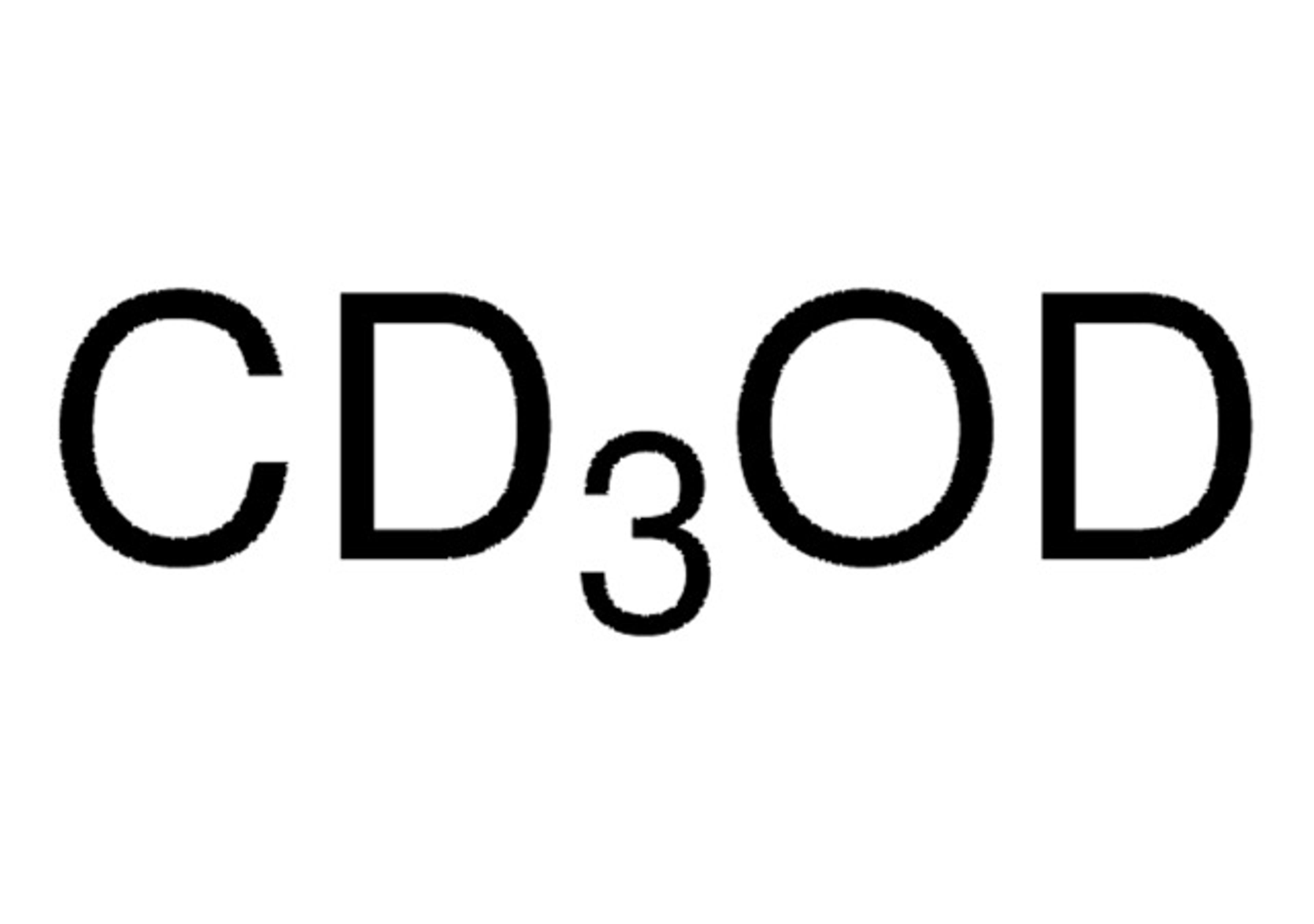HEPES
4-(2-Hydroxyethyl)piperazine-1-ethanesulfonic acid
HEPES has been described as one of the best all-purpose buffers available for biological research. At biological pH, the molecule is zwitterionic, and is effective as a buffer at pH 6.8 to 8.2. HEPES has been used in a wide variety of applications, including tissue culture. It is commonly used to buffer cell culture media in air. HEPES finds its usage in in vitro experiments on Mg.
HEPES, also known as 4-(2-Hydroxyethyl)piperazine-1-ethane-sulfonic acid, is a zwitterionic N-substituted aminosulfonic acid buffer. It is effective in the pH 6.8-8.2 range, with a pKa of 7.48 at 25°C. Recognized as one of the best all-purpose buffers, especially in cell biology, biochemical, and biological research, HEPES is a dipolar ionic buffer and one of the Good′s buffers that does not form significant complexes with most metal ions. This property makes it suitable as a non-coordinating buffer in solutions with metal ions.
Widely utilized in cell culture, HEPES excels at maintaining physiological pH despite fluctuations in carbon dioxide concentration produced by cellular respiration, a feature not as prominent in bicarbonate buffers. It serves as an ampholytic separator for creating pH gradients in isoelectric focusing and exhibits less interference with DNA-restriction enzyme reactions compared to buffers with fewer substituted amine groups, such as Tris. Beyond these applications, HEPES may find application in various biological and biochemical studies, including immunoprecipitation, cell lysis, and live cell imaging. Its versatility makes it an indispensable tool in diverse research applications.

